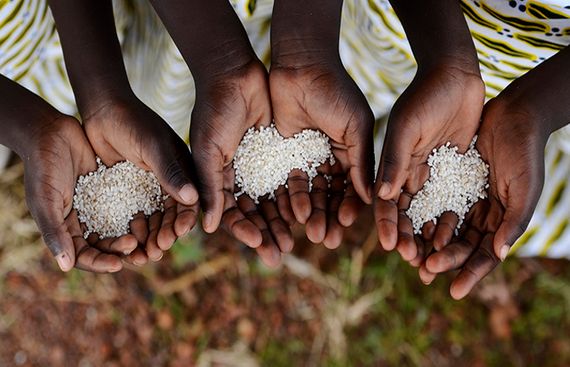How Food Loss Can be Prevented by Using Blockchain?

According to KPMG’s World Food Program, nearly one in nine on the planet go to bed on an empty stomach. Also, the United Nation’s Food and Agriculture Organization reports that over 14 percent of the world’s food is lost before reaching the retail level (i.e. on-farm activities, storage, and transportation). The world is balancing between having a billion people who are hungry and mountains of food that getting ruined or discarded. But, the technology has identified the scenario and blockchain acts as the bridge connecting them.
It is said that Earth produces more than enough food to feed all the people in the world. Food loss is recorded mostly due to inefficiency. In the modern industrialized world, the supply chain of the food from harvest to market has a complicated journey. Unfortunately, according to FAO, over 95 percent of agricultural research has been focused on bringing-in productivity and just five percent concentrates on reducing the losses. Optimizing the food supply chain can decide the future of a sustainable food ecosystem. However, the tech giants and world food suppliers are ignoring the fact that system inefficiencies are leading to food loss.
How Blockchain Helps Reduce Food Loss
With proper supply-demand algorithms based on consumer behaviors and agricultural science, the much-improved sensor technology can predict the harvest details and others. The information such as when it is harvested, under what conditions, how it was stored on the farm, transit time, what freshness products are used, and others can be recorded and assessed with the help of blockchain. Popular companies like Walmart use this technique to eliminate the inefficiencies in the supply chain and well other companies leverage the technology not only in just production but also the business processes that occur in the supply chain.
It is recommended that precision agriculture must be executed from the production levels to even to the consumer’s plate. Technology must not only be used to reduce yield but also to the rest of the food value chain to bring transparency and accountability to the essential food industry, which can put an end to world hunger.
Read More News :
